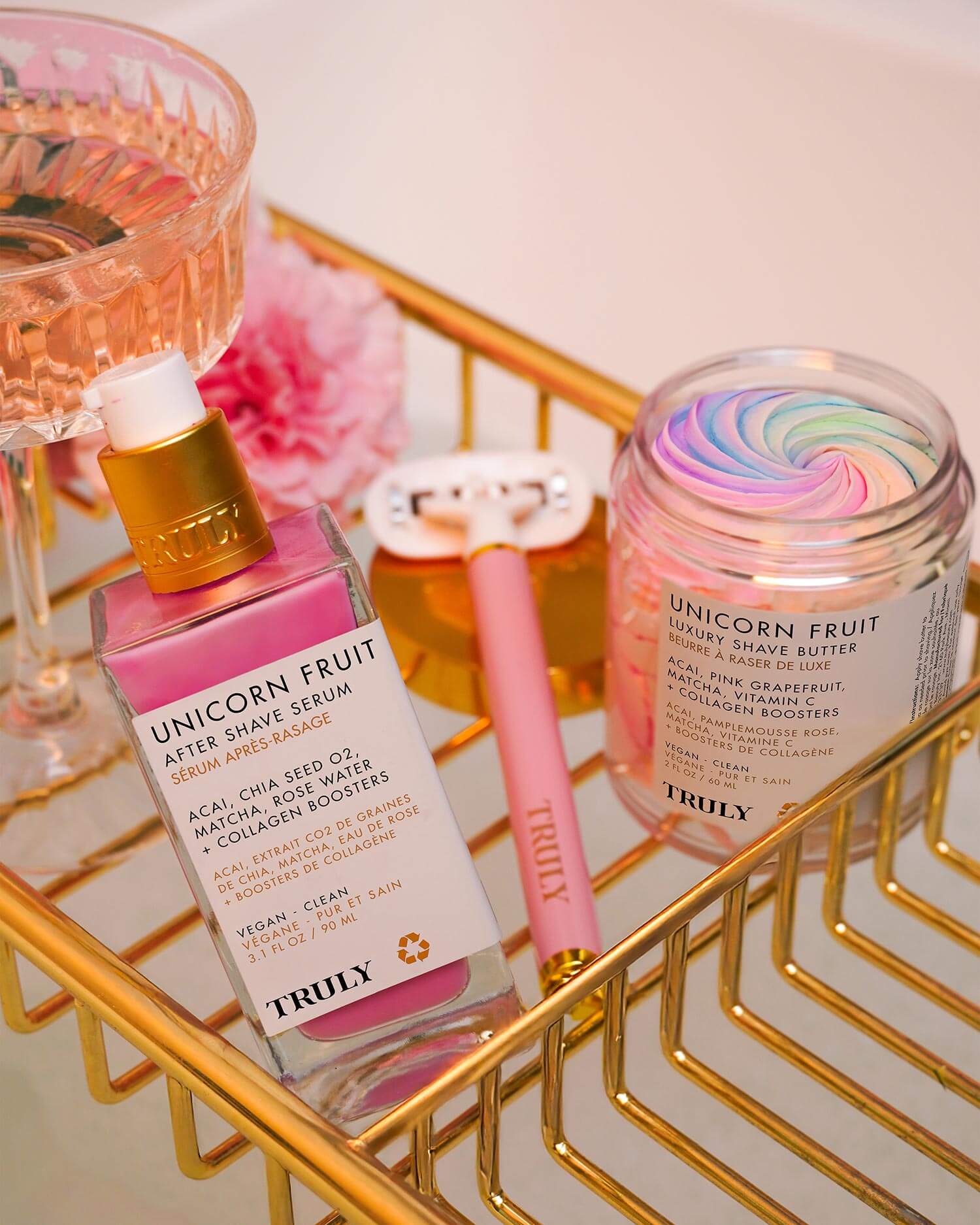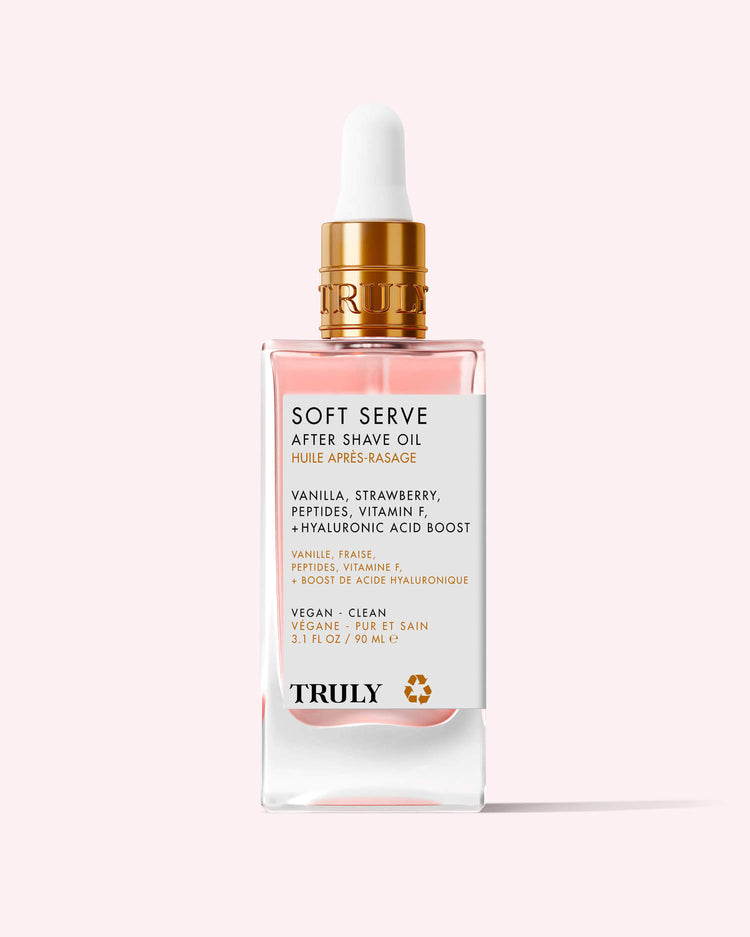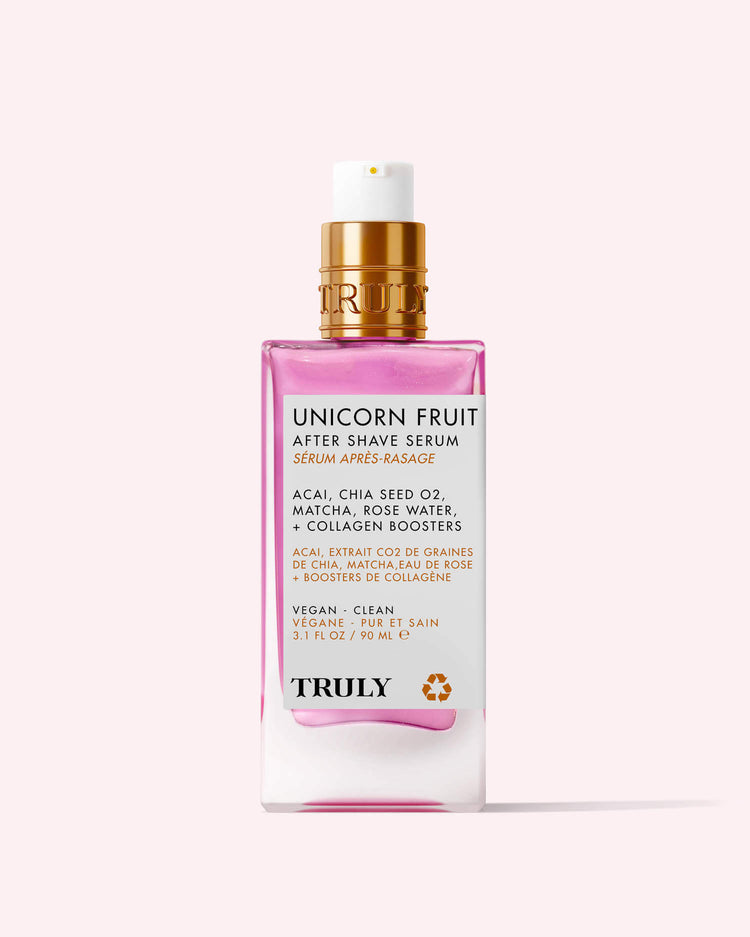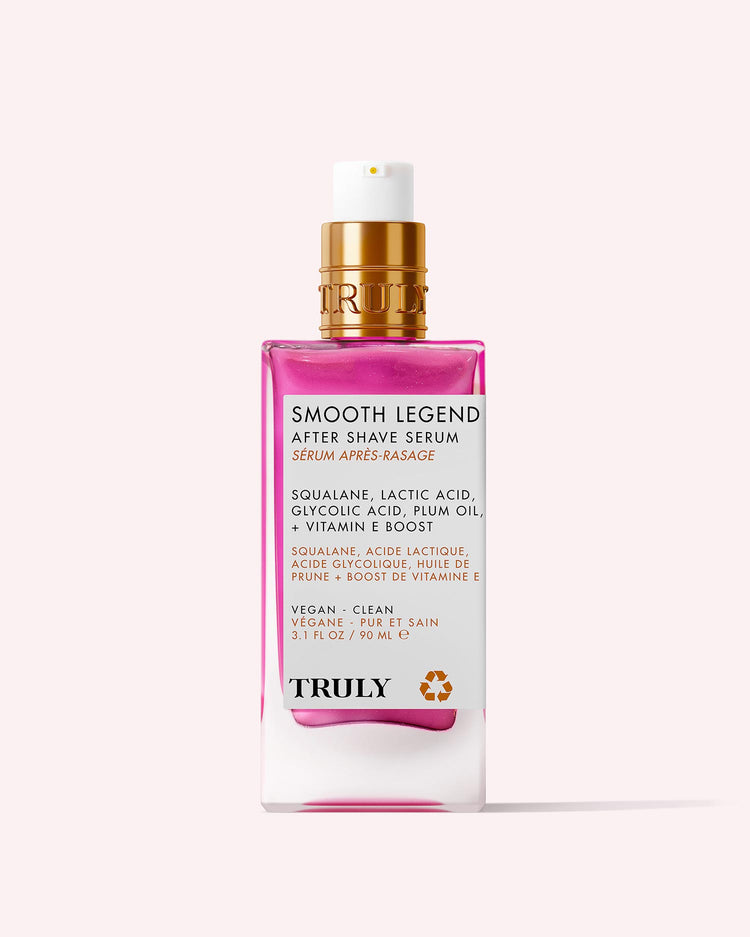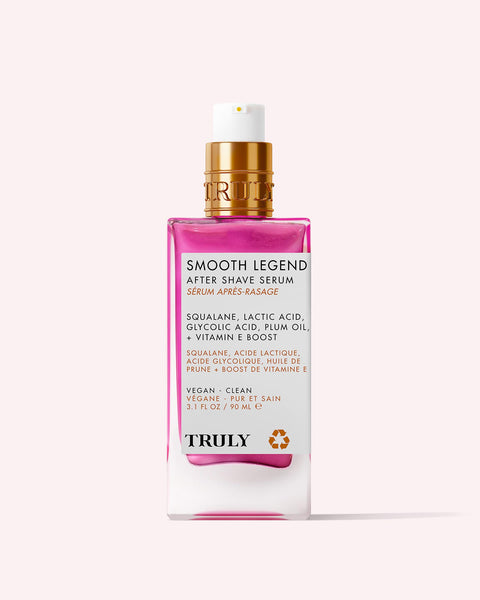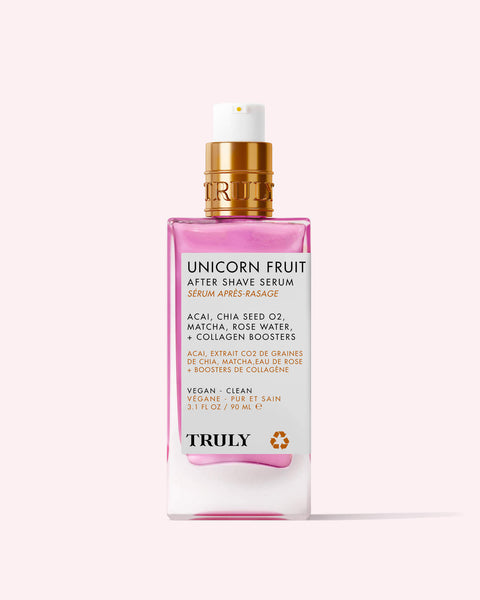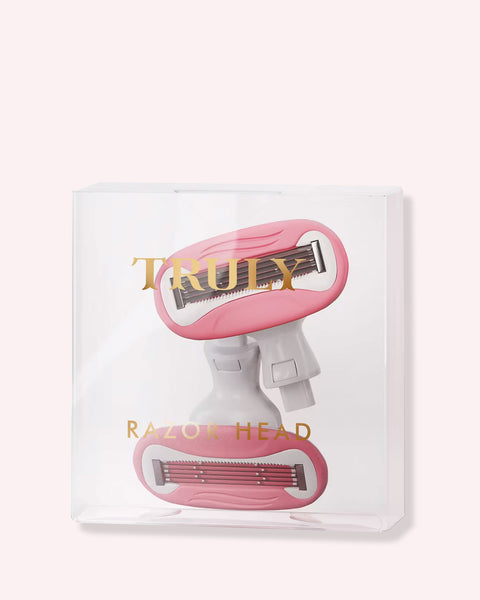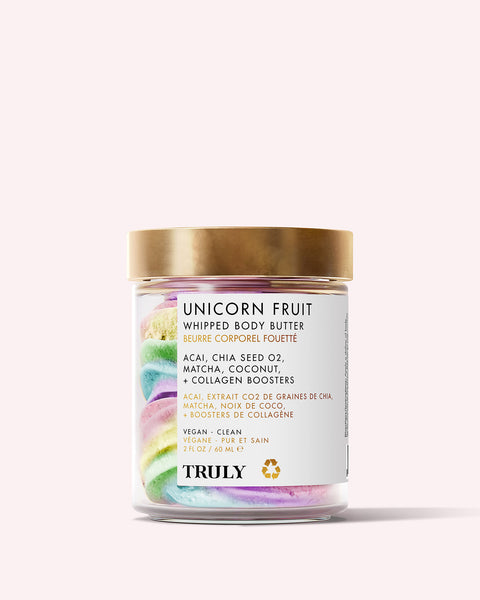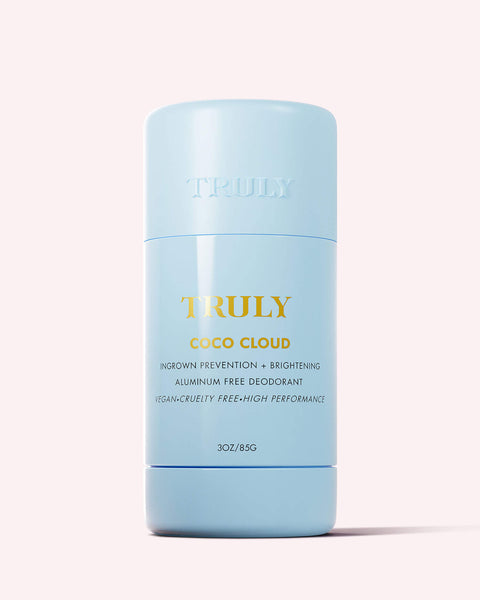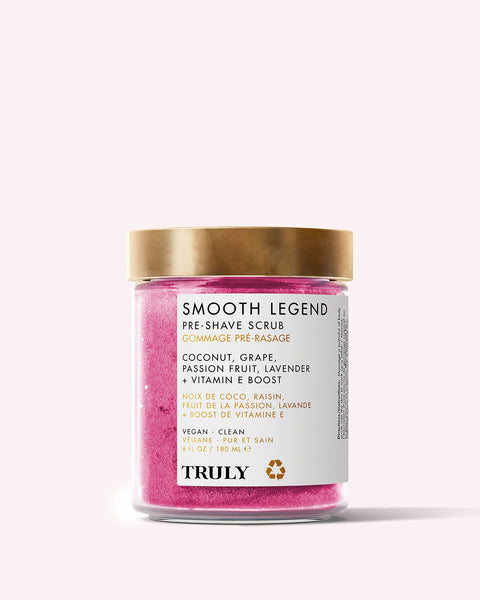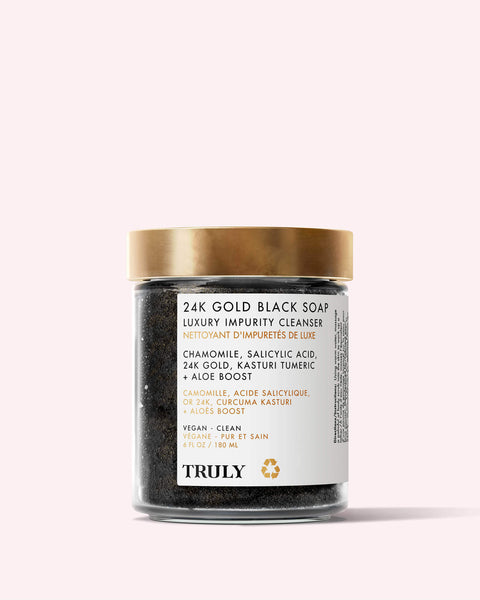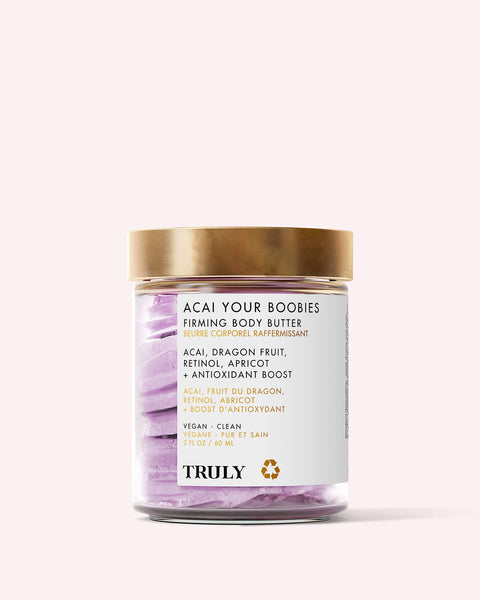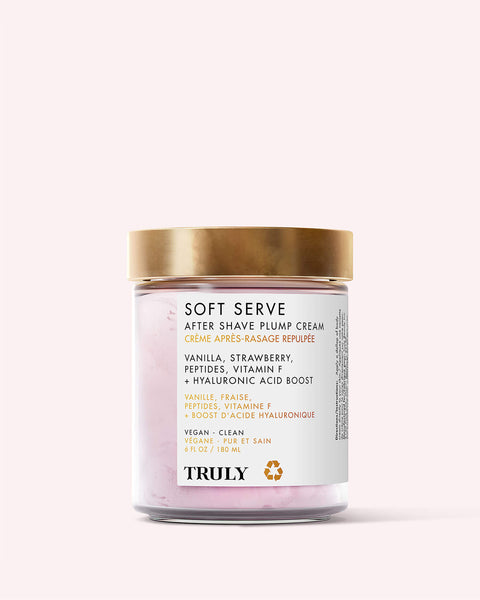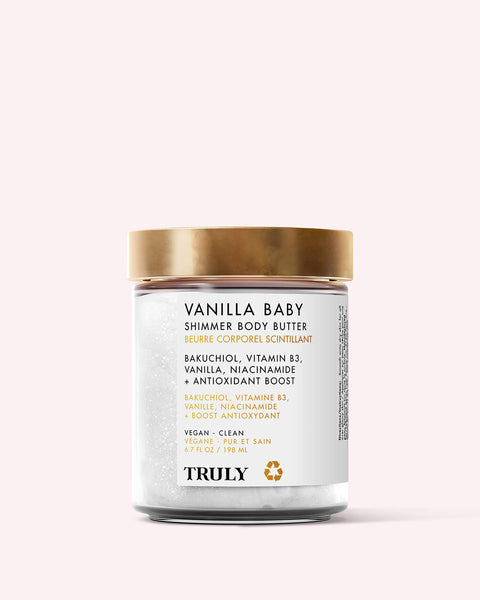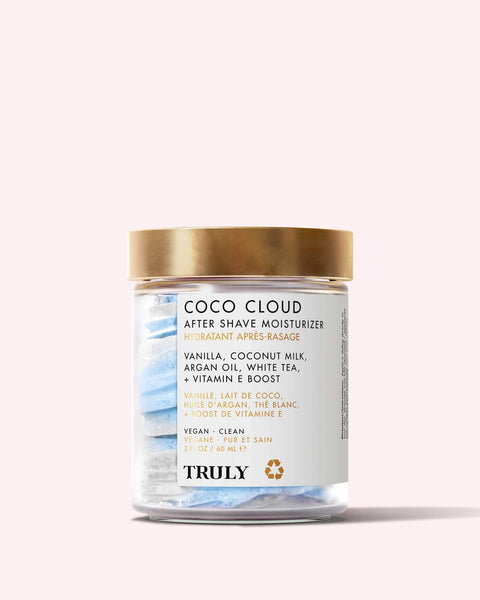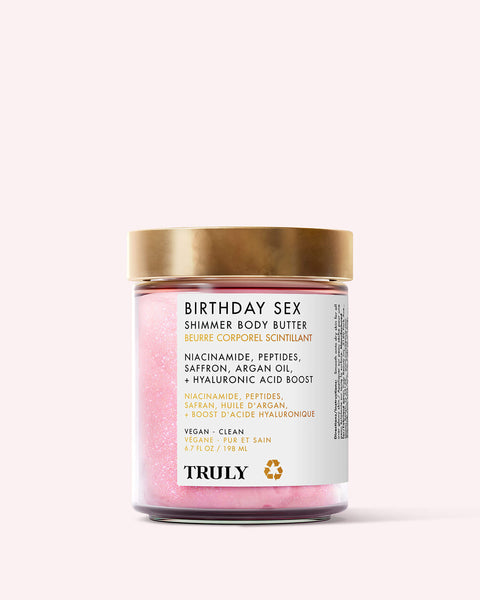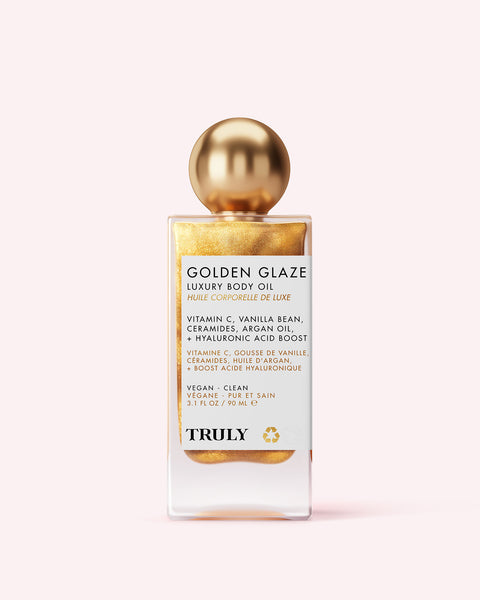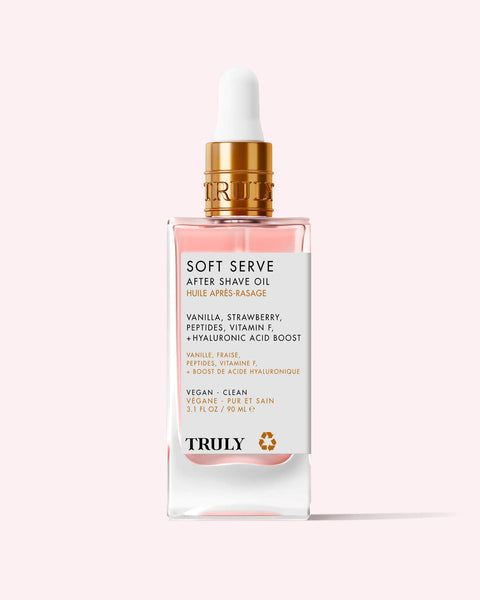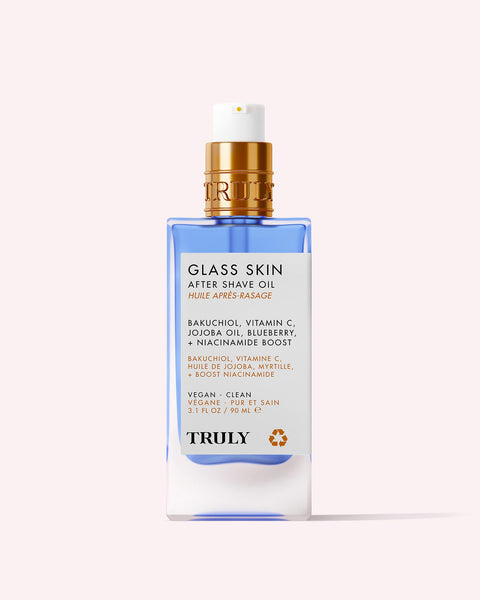Back to Basics: What You Need to Know About Dermarolling

Ever since lockdowns have begun, we’ve all been crazy obsessed with DIY beauty and wellness hacks. From cutting and dying our own hair to brewing up oil-infused, spa-like bubble baths, 2020 was definitely the year of experimentation. Half a year into 2021, we’re still just as fanatic about at-home, DIY beauty. In fact, some of us have even invested in skincare tools usually left in the hands of derms to get an at-home facial.
One of those tools is the dermaroller.
Maybe you’ve seen it. Maybe you’ve heard of it. Either way, dermarolling is a skincare trend that’s growing more and more popular by the day.
But what exactly is dermarolling? Is it just another word for microneedling? Does it even work? How safe is it? And if it really is as good as people say it is, how can you use it yourself?
Watch (we mean read) and learn…
WHAT IS DERMAROLLING?
Dermarolling is essentially a form of microneedling. The process involves rolling a dermaroller – a handled roller covered in hundreds of tiny needles – over the face to create micropunctures on the skin.
The purpose of it? To help the skincare products you use after penetrate deeper into your skin, maximizing their benefits.
“The common size for a dermaroller is 0.25 and what those needles do is make a little microchannel into the skin so the product or serum will penetrate deeper into the skin,” explains Tiffany Markarian, licensed esthetician and founder of Glowmode Skincare.
In other words, the serum you apply after using the dermaroller will fill into those tiny incisions so it works even harder.
“What’s also happening is, in that little controlled wound that we made with that little teeny needle, it triggers ATP, which helps energize the cells and gets everything moving faster,” Markarian adds. “The deeper the needle depth, the better it is for scarring.”
BENEFITS OF DERMAROLLING FOR SKIN
According to the experts, dermarolling offers a variety of benefits for different skin types.
If you’re battling acne scars, using a dermaroller combined with a vitamin C serum would make a huge improvement in fading those scars. That’s because the device would help the serum penetrate deeper, allowing the vitamin C to work more effectively.
Dermarolling is also useful for treating aging skin. That’s because it creates micro-injuries in the skin that stimulates collagen and elastin production, leaving your complexion plumper, tighter, and smoother. Used in conjunction with an anti-aging serum like retinol would also boost ingredient absorption.
To get the best results from dermarolling, you really need to select the most appropriate device.
“If someone is going to do it at home and use a needle size of, say, 0.25 mm, then it’ll be good for product delivery,” says licensed physician assistant Lisa Goodman, cofounder of Goodskin Clinic. “If you’re going to go up to 0.5 or 1 mm, then y0u’ll start to target wrinkles, acne scars, and stretch marks.” IOW: pick your roller based on the effects you’re seeking!
HOW TO DO DERMAROLLING AT HOME: BEST PRACTICES
Prep Your Skin
First, cleanse your skin thoroughly using a gentle, hydrating cleanser
“You’ll definitely want to cleanse your face first at home, since you don’t want to be pushing any dirt or bacteria into the skin as you pass the tiny needles over it,” says medical aesthetician Mashell Tabe. “Plus, the cleaner your skin is, the better the penetration will be when it comes to your product’s ingredients, since there won’t be any buildup blocking it from being absorbed.”
Prep your skin with: Truly’s Super Matcha Facial Cleanser.
Select the Right Serum
A major benefit of dermarolling is that it really boosts the efficacy of your serums. So choose one that addresses your skin concerns.
If your goal is to fade acne scars, choose a vitamin C-formulated serum like our Vegan Collagen Facial Serum. If it’s to fade or prevent wrinkles, opt for a serum made with retinol like our Purple Rain Facial Oil. For a nice glow, look for a product that contains glycolic acid, like our Mary Jane Glow Serum.
Begin the Dermarolling Process
Take your dermaroller and gently roll it upward, sideways, and then diagonal. Apply as much pressure as you can tolerate – but there’s no need to press too hard. It shouldn’t be a painful experience. Make sure you do three separate passes.
Be especially gentle when rolling under your eyes or over your neck, as the skin there is thinner and there aren’t any oil glands. Applying too much pressure could cause sensitivity and redness.
Apply Another Layer of Serum
You can apply the same one you used before using the device, or a different one. Your choice. Just make sure the second serum you choose is the one that actively addresses your skin concerns, as this is the time when it’ll penetrate best.
Lock in the Goodness with a Hyaluronic Acid Moisturizer
Seal in all the goodness you’ve just applied on your skin with a nourishing, ultra-hydrating lotion like Truly’s hyaluronic acid-formulated Cream Skin Moisturizer. Besides locking in all the nutrients, this facial cream delivers a nice, dewy finish.
HOW SAFE IS AT-HOME DERMAROLLING?
If you use the right technique, dermarolling is a relatively safe skincare procedure. Make sure you also keep your dermaroller clean to prevent developing an infection. Potential side effects may include irritation, redness, bruising, and bleeding.
IS DERMAROLLING WORTH YOUR TIME (AND MONEY)?
The short answer? Yes.
The longer, expert-explained answer:
“You’re obviously not going to get the same results you’d get if you opted for microneedling at a doctor’s office, but doing it a couple of times a week is helpful for product infusion if you’re using good ingredients after,” explains Goodman.
Overall, you should start seeing brighter, plumper skin as soon as the next day from dermarolling. Since your products will be penetrating better, your skin will be reacting to them better. However, remember noticeable differences may take between 1-3 months – especially if you’re targeting creases or scarring.
